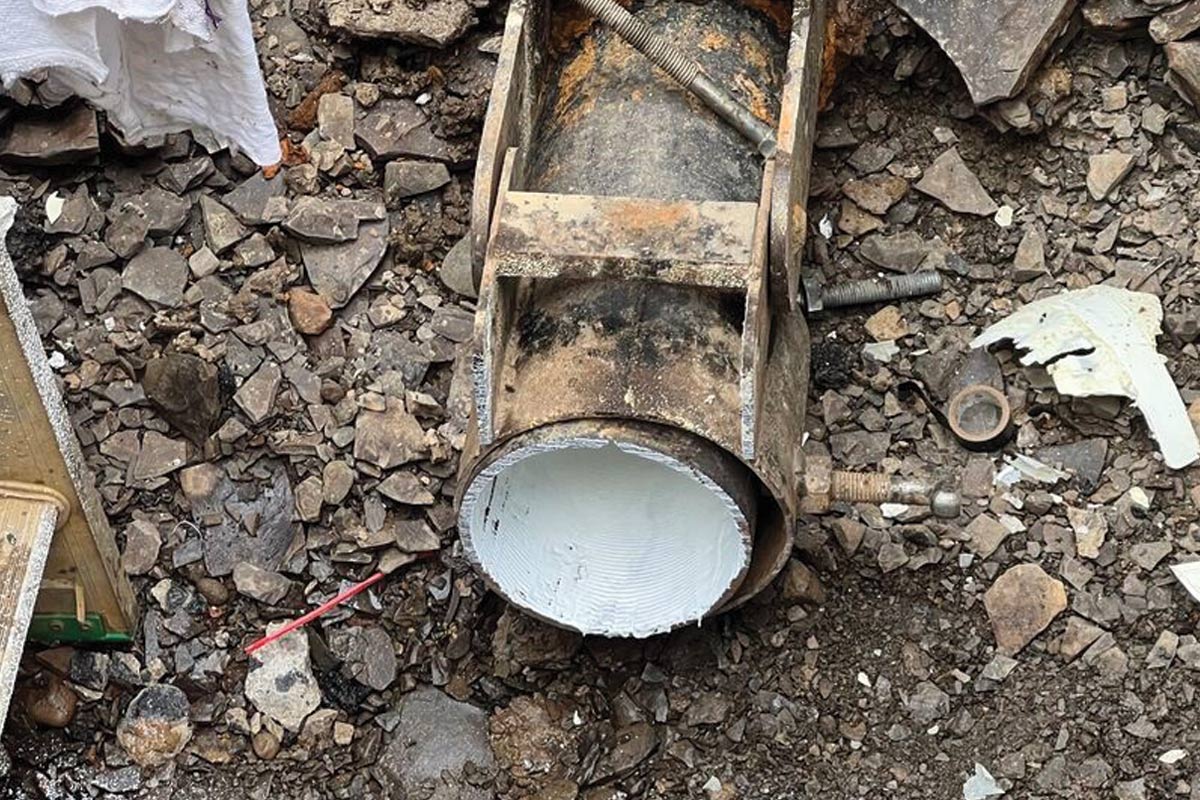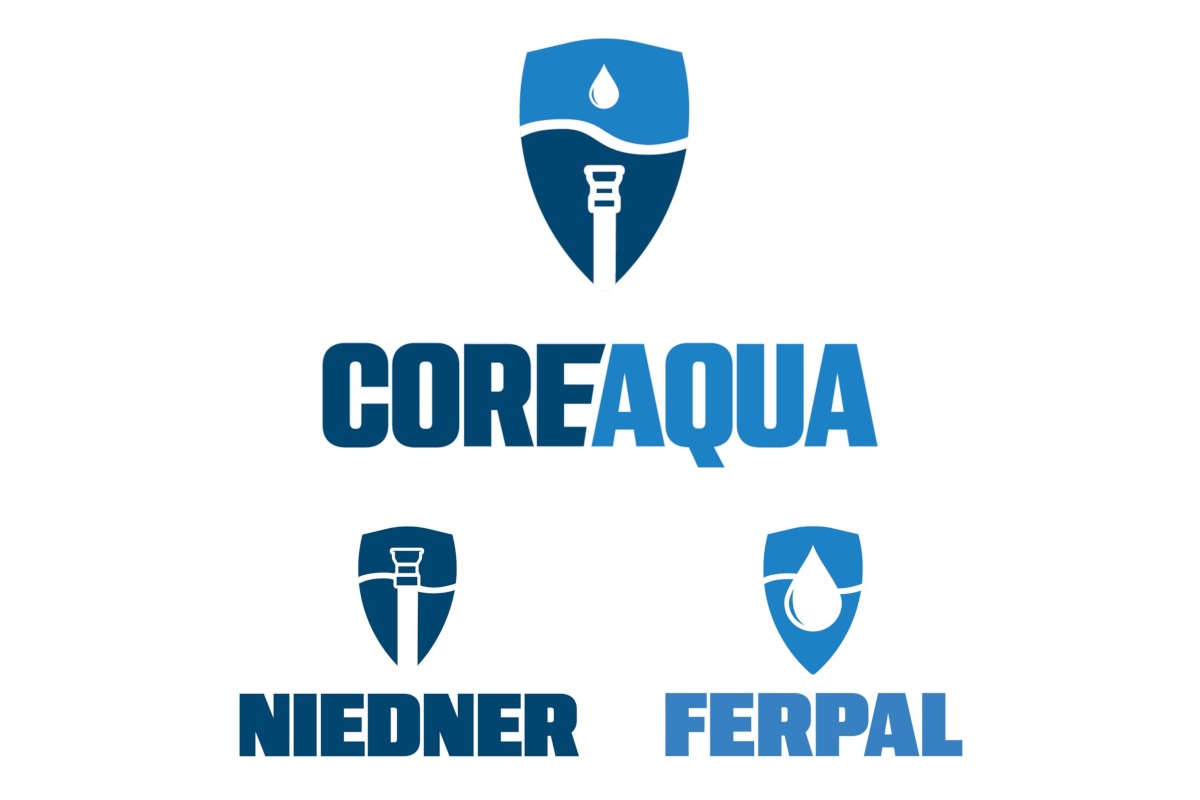
Burnaby Finds the Light Cure for Repairing Laterals
The City of Burnaby, British Columbia is the third largest city in the Metro Vancouver region and well known for its work with trenchless technologies.
Burnaby’s sewer staff, which falls under the city’s Department of Engineering, operate and maintain 1,350 km of sanitary and combined sewer mains, 25 pump stations and more than 66,750 service lateral connections.
While some of its larger work – like maintenance hole to maintenance hole mainline sewer rehab – is handled by external contractors, Burnaby has long equipped its internal teams to handle things like trenchless spot repairs and pipe bursting. The team has also been touted as an early adopter of instituting a lateral rehabilitation program to eliminate inflow and infiltration (I&I) to its treatment facilities.
Initially the lateral repair program was handled internally using a more traditional open cut process, however the city found that the post installation restorations of the roadway and sidewalks were getting to be too much of a cost. That’s when a plan was put in place to pivot to a trenchless approach.
Leading the charge on this endeavor is Tony Kovacevic, manager of sewers, for the City of Burnaby.
“I oversaw the trenchless rehabilitation program for the city [in the early 2000s], so any trenchless work regarding water or sewer mains went through me. Through doing that, and then eventually as the manager of sewers, we just saw the benefits of trenchless,” he says. “Not just the rehabilitation, but on the evaluation side as well. We purchased our own camera truck as well because we see the benefit of being able to react right away and not having to wait for a contractor to come in.”
Kovacevic put the case together in 2020 for the city to purchase its own service lateral rehabilitation system – a Bluelight LED system from HammerHead Trenchless. It was approved and the system was purchased in 2021. However, due to the COVID-19 pandemic, training on the system was delayed. Crews installed their first lateral rehab in May 2022.
“I think we’re one of the only ones [municipalities] who are doing this work internally,” Kovacevic says. “We are seeing a minimum of at least a $2,000 savings on a basic cut-and-cover repair. Within a year we were able to recoup the cost of the purchase of the Bluelight system.”
Selecting Light Curing
In a sea of cured-in-place pipe (CIPP), what is it about a light-cured approach that intrigued Kovacevic? On the service lateral side of things, his crews have completed spot repairs on some of the longer connections using an ambient cure. And the City has worked with contractors who have used steam or hot water curing. But light curing offers many benefits for a small crew doing the work in-house.
“[Those methods] require a lot more setup and the cure times take longer. For us to be successful it had to be light cured,” he says. “We saw the cure times were going to be a lot less. The ease of using a compact system allows you to come in setup, cure, clean up in a half-day.”
He adds that light curing – in the case of Bluelight via LED bulbs – gives the crew more overall control of a project site. The LED lights provide greater light penetration than standard UV cure, thus providing a more consistent cure. With the camera mounted on the light train his crew can monitor the inversion and see any potential problems in the pipe before curing begins. And if there is a problem, the liner can be pulled from the pipe without having to dig it out and replace it.

Kovacevic first turned his sites on light curing laterals in 2017 when he saw a live demonstration of the product at the Trenchless Technology Road Show. At that time, the products were being demonstrated by Per Aarsleff Pipe Technology. Per Aarsleff and HammerHead Trenchless announced their partnership to produce and distribute the Bluelight LED Curing System outside of Europe and Russia in 2018.
“Seeing it there piqued my interest and I liked the idea of it. We also saw other light options on the market at the time,” he says. “We [the city] had already worked with HammerHead using its pipe bursting equipment and we had a comfort level with HammerHead from a training aspect, as well as a repair aspect should we need it.”
Kovacevic has been able to build a set crew to use the Bluelight system, and others want to be trained on it as well. Trenchless is so intertwined in their day-to-day work that they go to all work sites with the mindset of, “Can this be done with trenchless first,” he says. “They see it that it saves so much more time.”
Lateral Rehab Benefits
Case in point. Burnaby has several long service laterals where the mainline is on one side of a major thoroughfare and the private side connection is on the other. Open cutting a space like that and navigating around the other existing utilities is a nightmare scenario. A crew would look at a three- to four-day repair requiring a bypass system and traffic diversion.
“We can do it in one day with one pit off the sidewalk and a little inconvenience to pedestrians,” Kovacevic says. “Another big one for us are long easements where our services run along the back of two properties through an easement and surrounded by trees.”
Before – and much to the chagrin of the property owners – they’d have to dig a trench 200 ft long and risk cutting out trees to repair the pipe. “A system like tis allows you to do it with a small excavation and in one shot,” he says.
And then there’s the time. His dedicated crew can repair 2-to-3 service laterals in one day compared to one if they are using open cut. Burnaby’s crew completed 75 renewals in 2022, 120 in 2023 and is on pace to complete 100 in 2024.
“Like every city, we’re trying to figure out a way to get our assets repaired or replaced before they are a problem,” Kovacevic says. “There is an endless amount of work for us to do. I can only see it expanding and getting bigger as time goes.”
He add, “It would be nice to see other cities take this on and not be afraid to do it. Plan it out and give your crews a chance.”
Mike Kezdi is managing editor of Trenchless Technology Canada.





